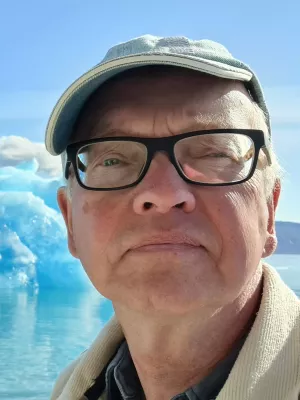
Dainis Dravins
Professor emeritus

Stellar intensity interferometry over kilometer baselines: Laboratory simulation of observations with the Cherenkov Telescope Array
Author
Summary, in English
Department/s
- Lund Observatory - Has been reorganised
Publishing year
2014
Language
English
Pages
91460-91460
Publication/Series
Optical and Infrared Interferometry IV
Volume
9146
Document type
Conference paper
Publisher
SPIE
Topic
- Astronomy, Astrophysics and Cosmology
Keywords
- Intensity interferometry
- Hanbury Brown - Twiss
- Aperture synthesis
- Second-order coherence
- Stellar surface imaging
- Exoplanet imaging
- Cherenkov telescopes
- Cherenkov Telescope Array
Conference name
Conference on Optical and Infrared Interferometry IV
Conference date
2014-06-23 - 2014-06-27
Conference place
Montreal, Canada
Status
Published
ISBN/ISSN/Other
- ISSN: 1996-756X
- ISSN: 0277-786X

